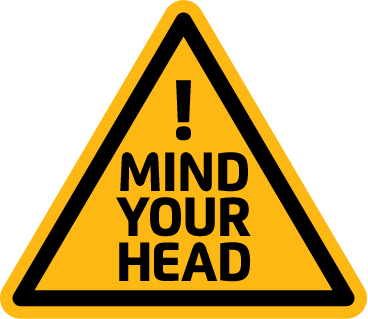October 2025
As we move into the final quarter of 2025, many Australian workers are entering what is often the toughest stretch of the year. Deadlines loom, projects conclude, budgets tighten—and fatigue from months of relentless pace can tip into serious burnout, especially for those carefully preserving their annual leave for the holiday period.
Recent findings from the Corporate Mental Health Alliance Australia (CMHAA) paint a clear picture: burnout is prevalent, performance is suffering, and recognising the signs early is more important than ever.

What the data shows
CMHAA’s Leading Mentally Healthy Workplaces Survey 2025, which captured responses from nearly 10,000 employees across six industry sectors, reveals that 46 per cent of workers report experiencing some degree of burnout. Equally concerning, nearly half of respondents say their recent work performance is below their usual level—and among those, 60 per cent are also showing symptoms of burnout [1].
Key factors that predict burnout include:
- Low control over work – when employees feel they can’t influence the tasks, deadlines or how work is executed.
- Work changes – whether through organisational restructuring, shifting expectations, or frequent changes in role or process.
- Emotional and mental load – the hidden burden of emotional demands from clients, customers, or even colleagues; maintaining high mental output without buffer.
Why late-year matters more
As the year progresses, these pressures often compound.
Cumulative fatigue sets in after months of sustained work, often without adequate leave or holiday periods. What felt manageable in February may feel overwhelming in September.
Life stressors pile up – holidays, school calendars, family obligations, financial pressures. These outside-work burdens often intersect with workplace stress and begin to compound. These symptoms of burnout suddenly feel ever present.
Organisational push-for-closure on end-of-year targets or wrap-ups can also increase workload, reduce flexibility, and shrink the margin for rest or recovery.
When burnout becomes chronic or untreated, workers experience exhaustion, cynicism toward their work, reduced effectiveness, health issues, absenteeism, and declining workplace culture. It’s not just individual suffering—it’s also costly for organisations. Poor performance, more sick leave, lower engagement, and higher turnover are all potential side effects of burnout. CMHAA’s report underscores that these issues aren’t going away: 2025 shows no drop in stress or psychological distress compared to previous years [2].
What to look for: early signs of burnout
Recognising burnout early can make a real difference. Some signs might include:
- Feeling exhausted even after rest
- Decreased motivation, detachment, or cynicism about work
- Difficulty concentrating; mental fog
- Reduced sense of accomplishment; feeling like you’re underperforming or not keeping up
- Increased irritability or emotional reactivity
- Sleep disruption, appetite changes, physical symptoms (e.g. headaches, digestive issues)

What you and your workplace can do now
There are some practical steps you can take— whether you’re an employee, manager, or leader — to prevent burnout and build resilience heading into the year’s end [3].
For individuals:
- Set clear boundaries: define when work ends and unplug
- Prioritise rest, sleep, recovery
- Break big tasks into manageable pieces, ask for help or delegate
- Use available supports: EAPs, counselling, peer support, mental health resources
For managers & leaders:
- Check in regularly, not just on tasks but on how people are feeling
- Clarify expectations and roles — ambiguity often increases stress
- Increase flexibility where possible (working hours, remote options, adjusting workloads)
- Recognise good work and provide feedback; celebrate wins, even small ones
- Ensure there is psychological safety: people should feel safe to speak up about being overwhelmed
The Bottom Line
Burnout is not just a buzzword. With nearly half of Australian workers reporting symptoms of burnout, and many already struggling with productivity and performance because of it, it’s a psychosocial hazard that deserves attention. The end of the year often intensifies pressures, but awareness, early action, and supportive systems can make all the difference.
[1] Corporate Mental Health Alliance Australia (CMHAA) Leading Mentally Healthy Workplaces Survey 2025.
[2] HCAMag, Burnout rises among Australians, 2025.
[3] Safe Work Australia, Psychosocial hazards and risk management guidance
